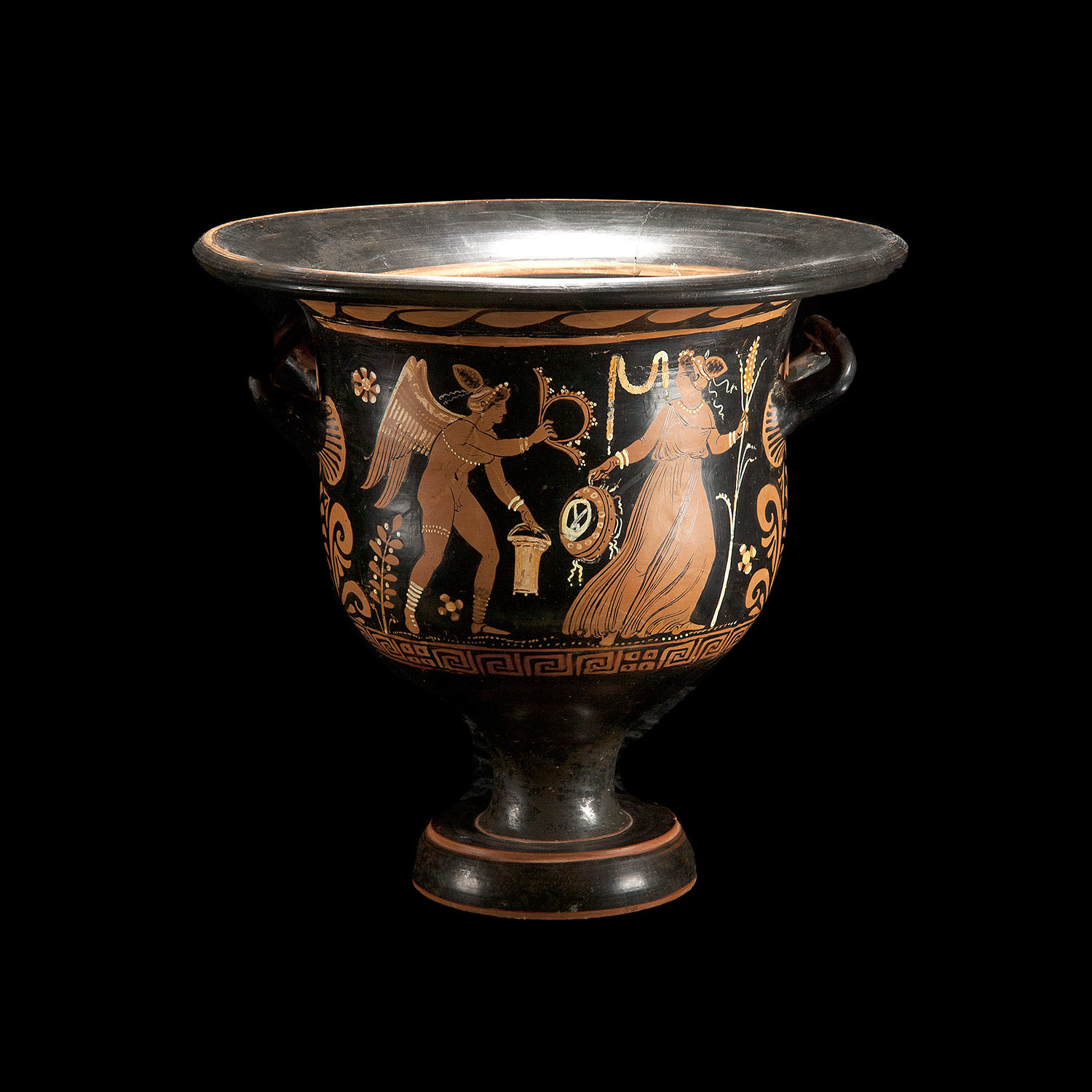This structure was situated in the southern portion of the city, not far from the right bank of the Euphrates, and according to Weissbach, is now represented by a depression within which is the original rectangular core of unbaked brick. From its shape, the Arabs have made this site Sahan, "the dish." These remains of the great temple-tower of Babylon, within the memory of men not so very old, towered, even in its ruined state, high above the surrounding plain. The burnt bricks of the ancient Babylonians, however, who "had brick for stone, and slime (bitumen) for mortar" (Gen 11:3), are still good and have a commercial value, so they were all cleared out, with whatever precious material in the way of antiquities they may have contained, to repair, it is said, the banks of the Hindiyeh Canal. Certain records in the shape of conical "cylinders," however, came into the market, and were acquired by the museums of Europe and America. As these refer to the restoration of the building by Nabopolassar, and the part taken by his sons Nebuchadrezzar and Nabu-sum-lisir in the ceremonies attending the rebuilding, it is very probable that they formed part of the spoils acquired.








